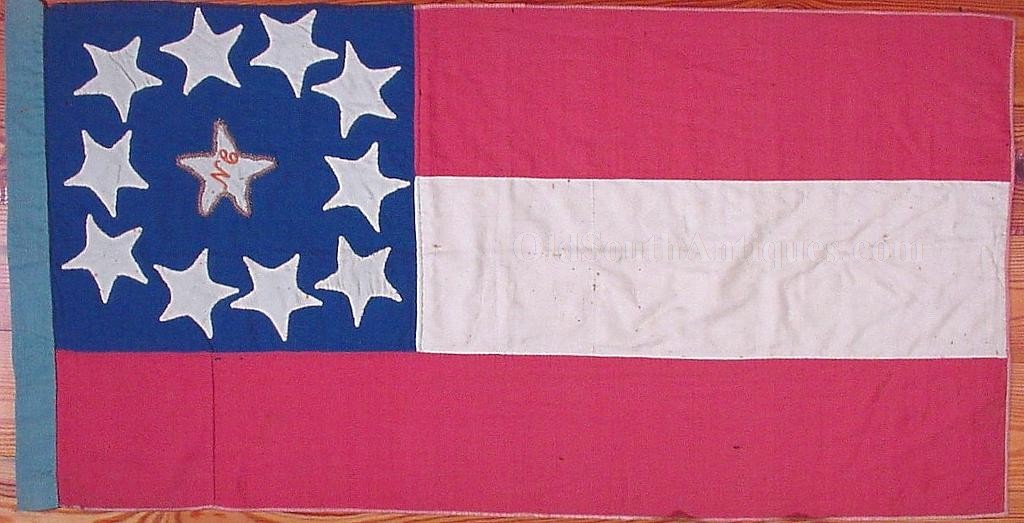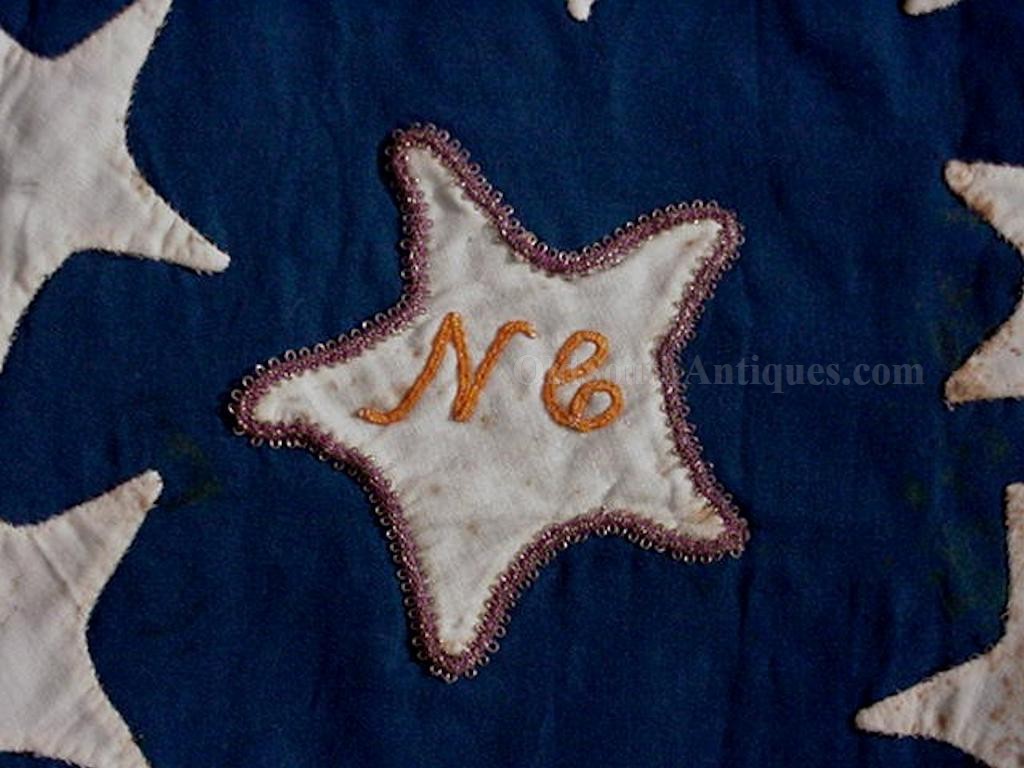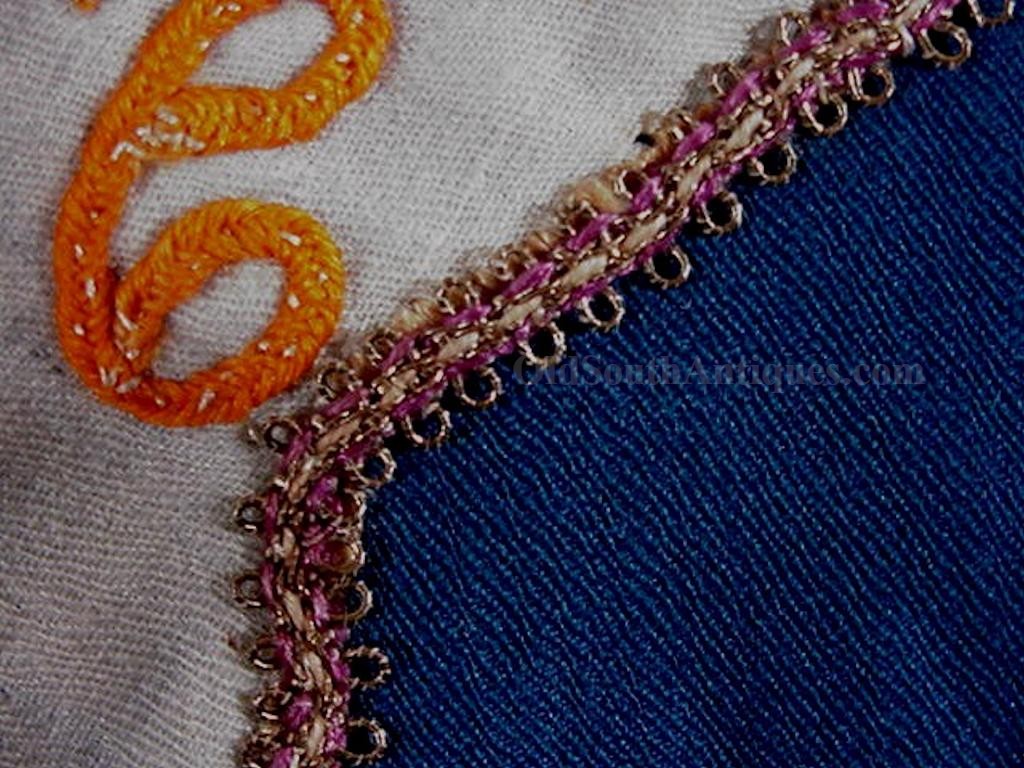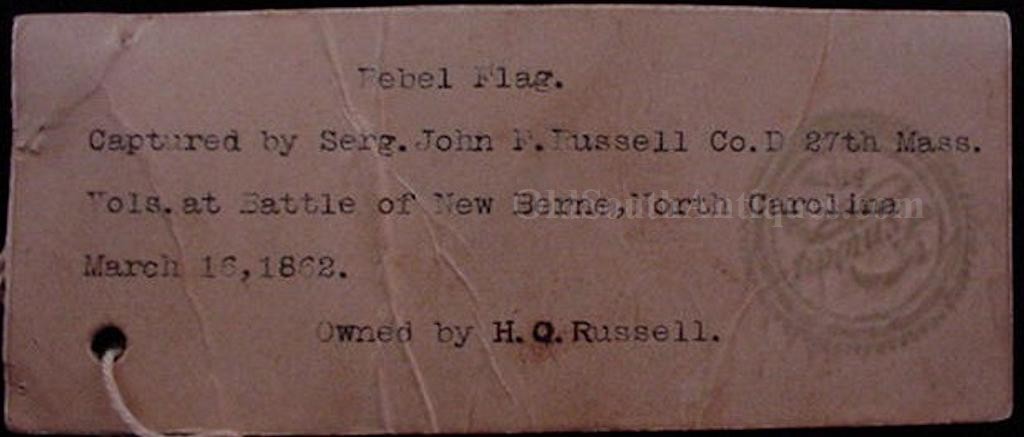
| Catalog | Past Items | Order Info | Terms/Conditions | About Us | Inventory Clearance |
On March 13, 1862, the 27th Massachusetts disembarked below New Berne at the mouth of Slocum’s Creek, along with Union Brigadier General John Foster’s brigade. Advancing along the main road to the outskirts of New Berne, the brigade bivouacked near the waiting North Carolinians.
The 7th, 19th, 26th, 27th, 28th, 33rd, 35th and 37th North Carolina Infantry under General L. O’B. Branch manned extensive works about five miles below New Berne at Fort Thompson. The Confederate infantry regiments were supported by a company of North Carolina heavy artillery and Captains Brem and Latham’s North Carolina batteries.
The following morning, the 27th Massachusetts was thrown into line to the left of the road. As the Massachusetts men approached the Carolinian’s works the firing waxed hot for several hours when the 27th was withdrawn to replenish their ammunition. Now that Foster’s men had fought to a stalemate on his left, Union General Ambrose Burnside sent General John Parke around to the right. Parke’s 4th Rhode Island took advantage of a gap in the Confederate line where the railroad track entered the works and the Confederate left collapsed. General Foster, recognizing the opportunity, ordered an advance all along his line, forcing the Confederates to ingloriously fly from the field in disarray. Attempting to get back to New Berne, the right wing found that the bridges crossing the Trent River were already fired. They then turned towards Kinston, which they reached after much difficulty, thirty-six hours later. Crossing the Trent River in boats, the 27th entered the hastily abandoned camp of the 7th North Carolina and set about licking their wounds. The battle had cost the Confederates dearly, not only lives, but also nine forts, forty-one guns and at least three First National pattern Battle Flags were captured that day. The 25th Massachusetts captured two and John F. Russell of the 27th Massachusetts captured the First National pattern North Carolina Battle Flag shown here.
John F. Russell and his cousin Clement Russell, who was also his neighbor, both enlisted in Massachusetts Regiments in 1861 and both fought at New Berne. John, an only child, was killed at Cold Harbor and the captured flag eventually became the property of his cousin Clement who passed it to his son, Herbert O. Russell. In 2001 Clement’s granddaughter, Herbert’s daughter, Miriam Pratt, found the flag and its capture history in an upstairs closet of the family home. Most likely the tag was used to identify the flag and honor its captor while on display at the Stanton post G.A.R. where Clement Russell was an active member.
The company or larger sized unit flag measures 24.5” on the hoist by 47.5” on the fly. The bars and canton are made entirely of high quality cotton twill. The hoist is made of a heavier cotton sleeve. The fly end, top and bottom edges are bordered by pink silk, no doubt a reminder of the ladies at home. The eleven stars are applied. The center star is bordered by an intricate gold braid, interlaced with purple. The script NC set into the large center star is done in orange piping. The fine detail exhibited in the materials and the skills utilized in the construction of this beautiful flag are extraordinary.
Two other cotton First National pattern Battle Flags were captured at New Berne, both of which have the same silk border and appear to have been made and presented by the ladies of New Berne to North Carolina Units at different times based on their star counts. With in-depth research at New Berne one would likely discover what unit this flag was presented to, and captured from.
An examination report from Fonda Thomsen of Textile Preservation Associates will be included with the flag. Her examination confirmed that the smattering of reddish brown stains across the flag and the larger reddish brown stains along the lower border are blood stains, which is a poignant reminder that the flag was captured during battle. The flags condition is second to none; there are no repairs or alterations and the colors remain brilliant. The flag’s reverse is identical to the front and it remains in the same, near new, as presented condition, with the exception of the blood stains. The flag is featured on the front cover of Collecting the Confederacy and again inside on pages 119 and 120. The flag is properly framed behind conservation grade plexi-glass and is ready to hang.
Copyright © 2024 OldSouthAntiques.com All Rights Reserved.
Privacy Policy | Terms of Use
Powered by Web-Cat Copyright © 1996-2024 GrayCat Systems



